- Home
-
Our Projects
- The Aerospace Corporation Aerospace Curriculum
- Dept of Navy Cybersecurity Curriculum
- Edily Learning App
- FutureLab+ Biotech Curriculum
- Learning is Expanding Afterschool Curriculum
- Lockheed Martin Aerospace Curriculum
- SEMI Workforce Development Curriculum
- Space Prize Textbook and Speaker Series
- TMA BlueTech Curriculum
- Our Team
- Our Impact
- Internal Job Board
- Blog
The power of speech is amazing. Someone else's words can uplift you or give you the motivation to make a difference. For me, I was inspired by a TED Talk at an educational conference. The first words from the speaker told the truth about our produce in our grocery stores. He said, “Did you know that the average apple at the grocery store is anywhere from 6-14 months old from the time it was picked off a tree.” At that moment, I was hooked. I kept listening and I couldn’t believe the engrossing facts about our food. In fact, I didn’t want to believe it and so I did my research. Sure enough, the presenter was right.
I would like to tell you that I am a CEO of a multi-million dollar corporation or a state representative that created a bill for change from that moment. But I am not. I am an elementary school teacher and I was teaching 4th grade at a title I school in South Carolina when I saw that TED Talk. Here is the story about how I shared the science behind that TED Talk with the 32 ten-year-olds in my classroom. I needed a way not only to inspire my students to become healthy eaters but to also teach my students to understand food labels, nutrition, and how they can strive to make better choices when eating. I started to brainstorm, I could bring in a speaker to my class, maybe a farmer or a nutritionist to speak about plant growth and food. But if you teach elementary, you would know it’s all about the “glitz and glitter” to get those kids excited about school. So I went to a trusted source (Google) to help me find something that could be hands-on with gardening.
Hydroponics is a way to garden that uses no soil. Instead, plants can grow indoors using a vertical system that requires recycled water from a reserved tank, a mixed solution of nutrients, and UV light. As a teacher, all I can think about were the positive effects on student learning, and the best thing: no complaints from administration or parents!
Although cheaper than taking students on multiple field trips, hydroponics can still be expensive. So like all public school teachers, I wrote a grant. After a few attempts at grant writing and getting administration to approve, I finally purchased a hydroponic tower for my classroom. This is a must-have if you want to focus your curriculum around a project-based unit like I did. I wanted my students to understand how the hydroponic system worked and the difference between greenhouse farming compared to an outside setting.
However, I knew about one loop hole with food and school administration. I went to the parent association. I bargained for a deal to donate the produce to parent association family night events where students would present the garden tower and donate veggie and fruit produce to families within our school community. Families would come up and ask students for a head of lettuce or some basil and the student would harvest the plant right in front of the family. This moment would give the students a real world experience by showing how their harvest would then end up at a neighbor’s kitchen table. I was creating a farm to table experience for my students but inside my school community.
Years later, I was still farming with students inside the classroom but our little 24 root system had turned into a hydroponic lab that harvested over 180 plants at one setting! All of that harvest went on family dinner tables and not one cherished head of lettuce went to waste. Over the years, I have used my project-based gardening curriculum with hundreds of students from Kindergarten to eighth grade. I still can’t go into a grocery store without looking at an apple from a different perspective. Someone's story inspired me to create a hydroponic lab facility for hundreds of elementary students. I hope maybe my story plants the seed (pun intended) for you to try gardening in the classroom or even to give you the mindset to try something new!
0 Comments
Leave a Reply. |
Lesley AndersonWith over a decade of experience as an educator, I want to share some of the best practices that I've discovered for bringing the real world into the classroom. Archives
February 2024
Categories
All
|
Photo from wuestenigel (CC BY 2.0)
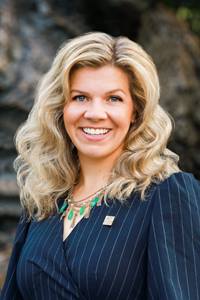
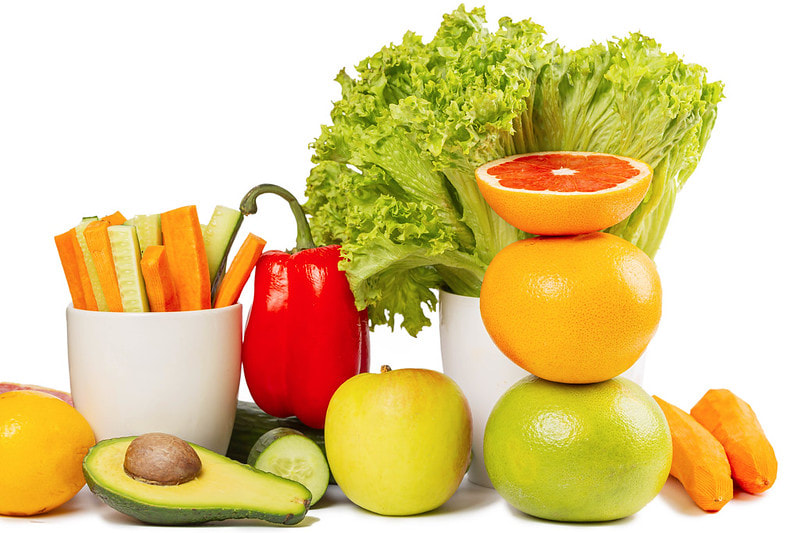
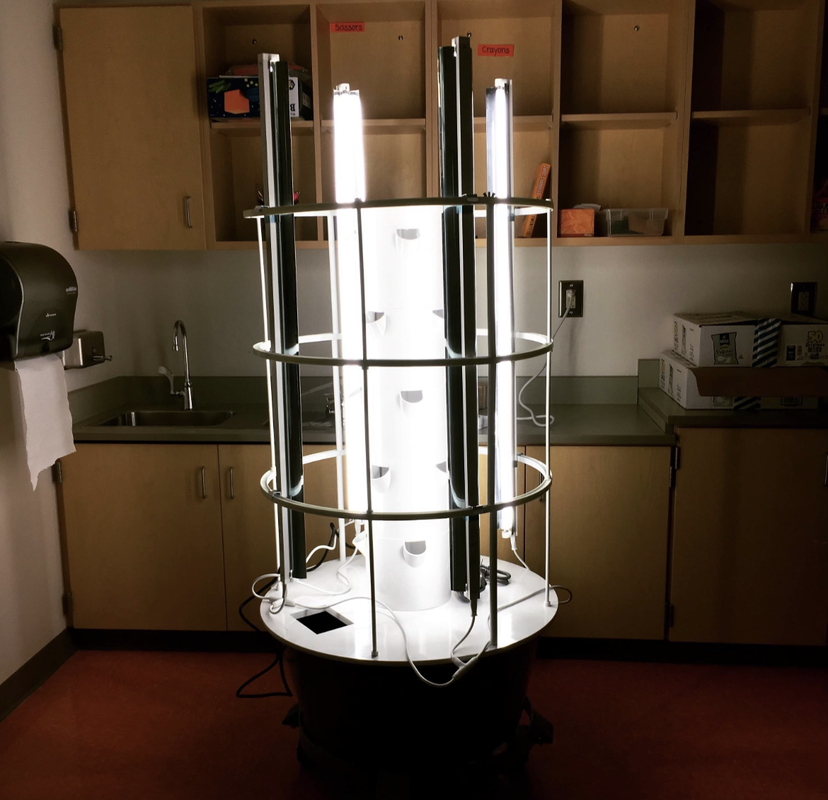
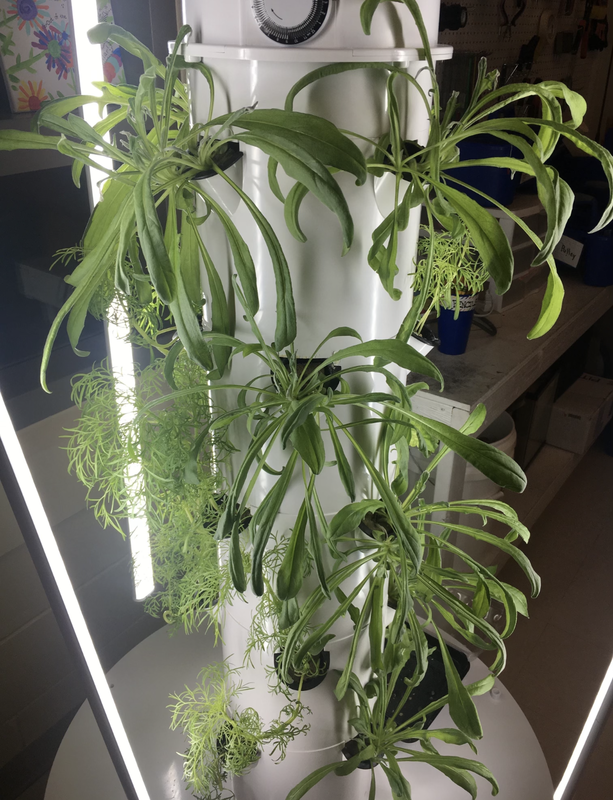
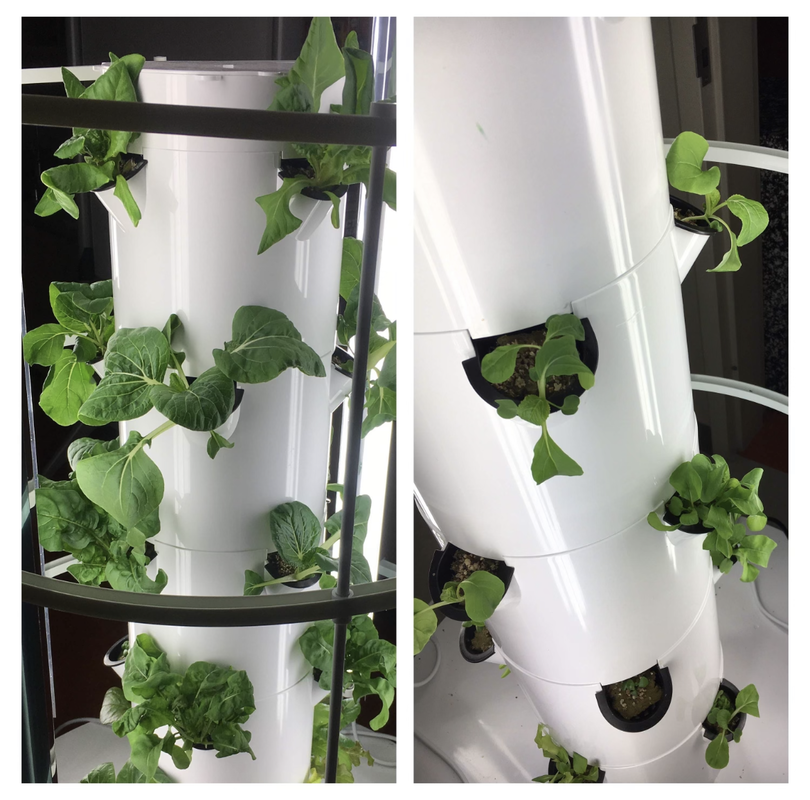
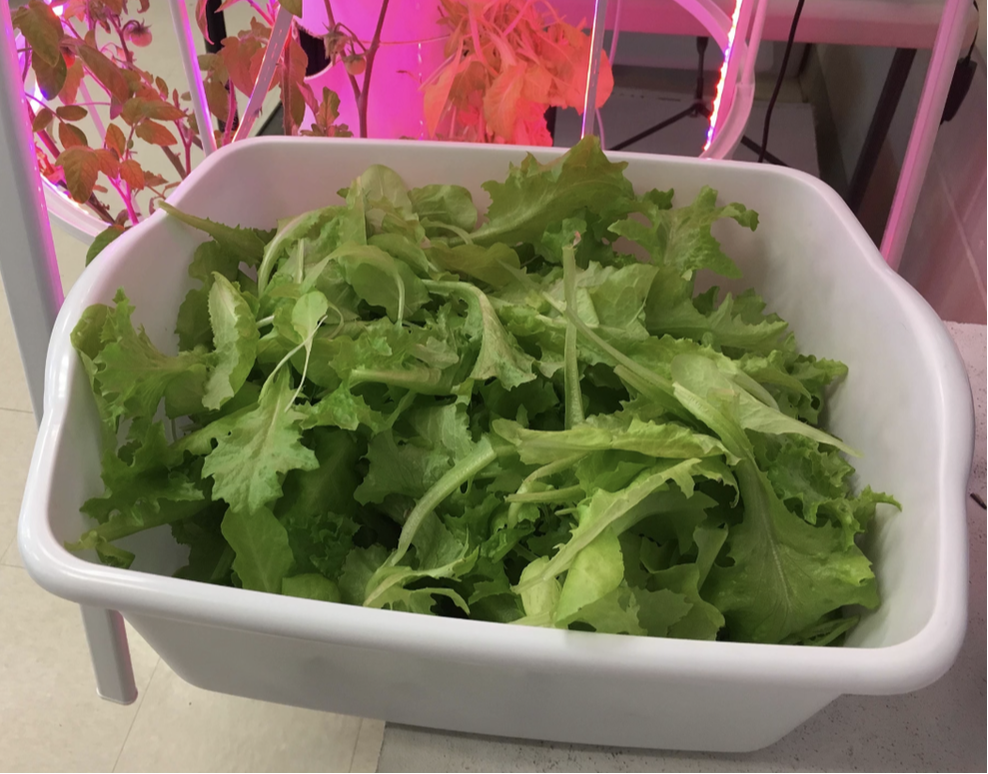
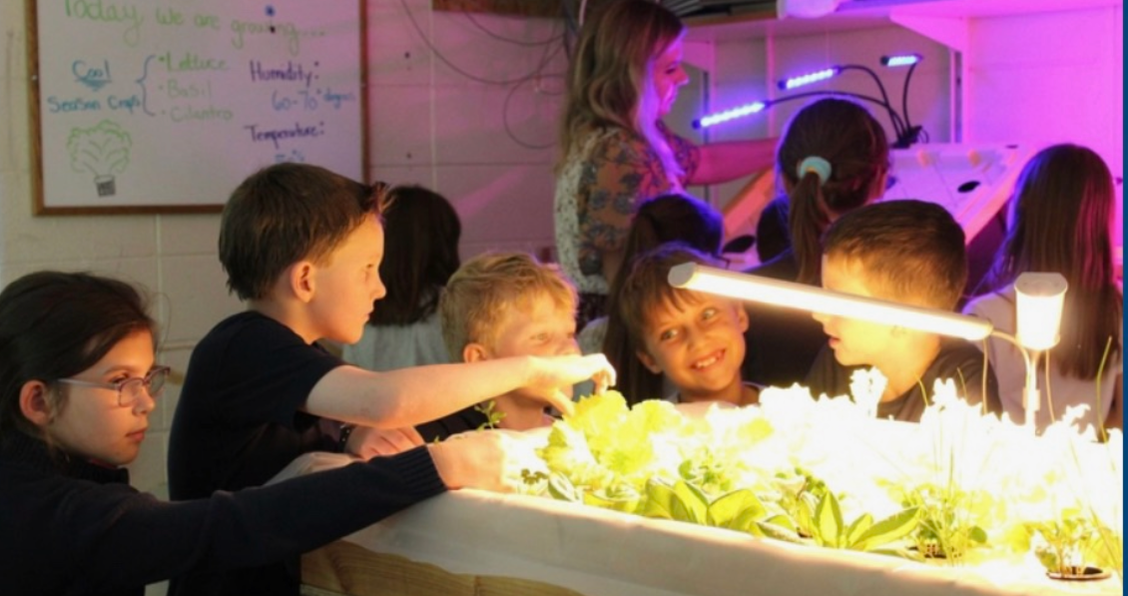
 RSS Feed
RSS Feed